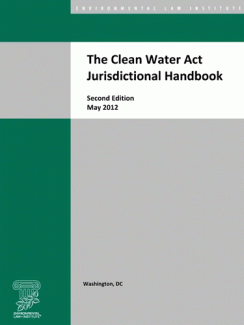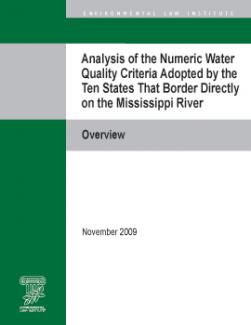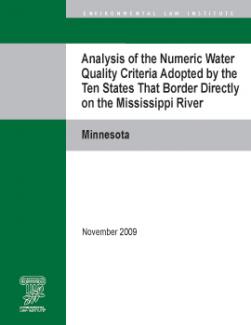Restore the Chesapeake

The vast bay and watershed include the largest estuary in the country. Efforts to restore its vastly degraded water quality involve a commensurately large response by the Bay States, the federal Environmental Protection Agency, local governments, and the public.



